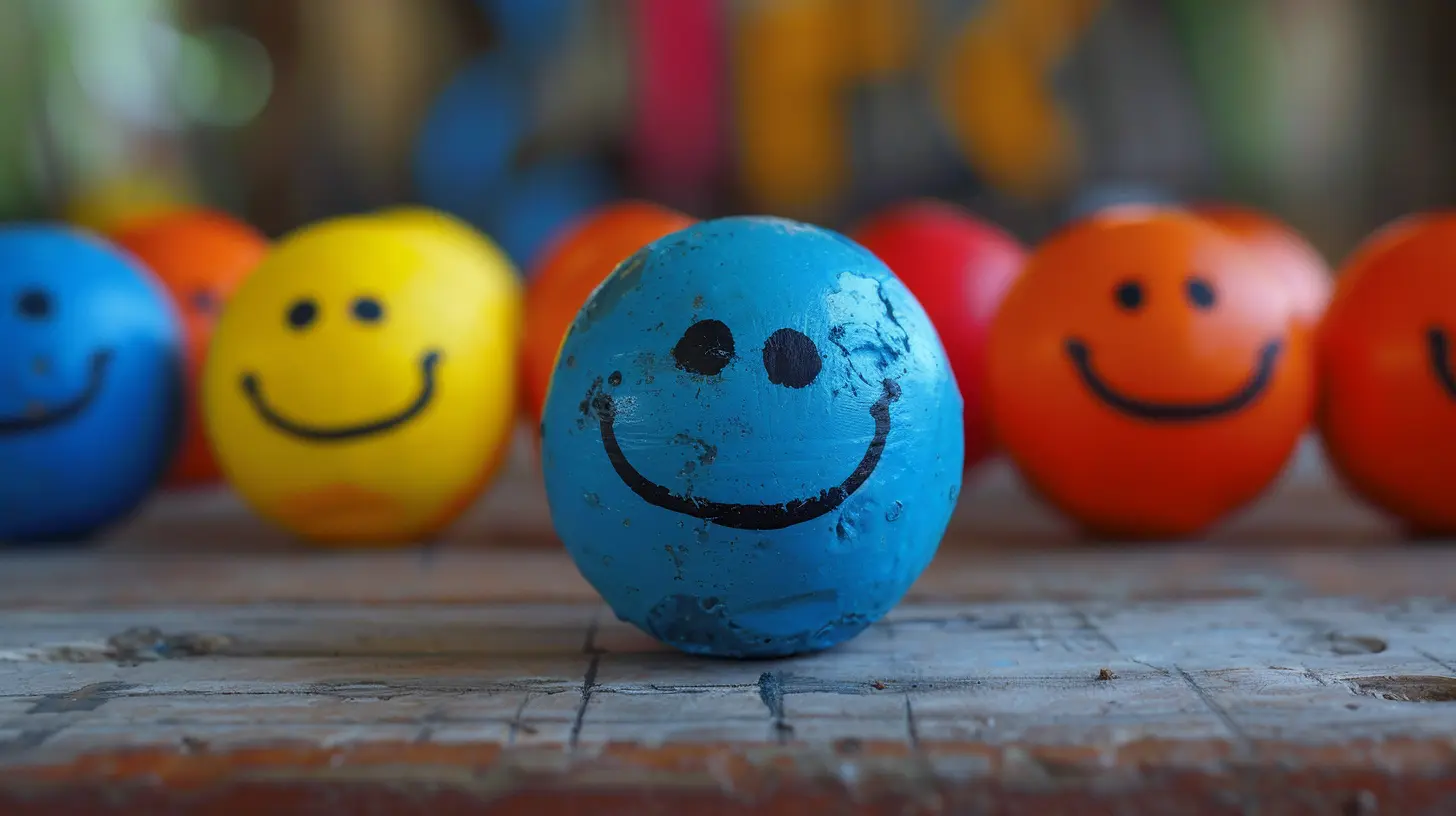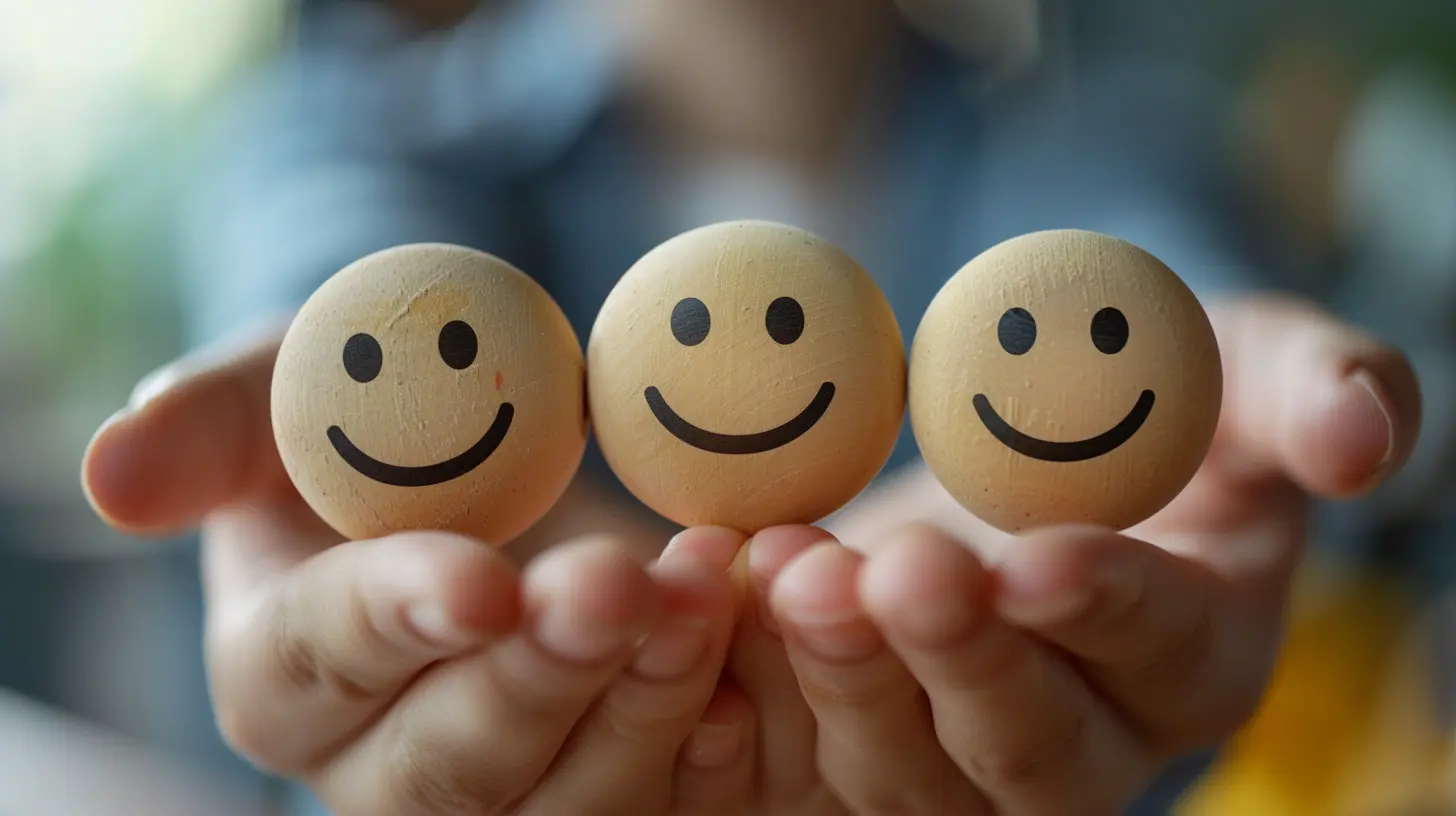The Role of Positive Reinforcement in Personal Motivation
6 November 2025
Have you ever felt a surge of motivation after receiving praise for your hard work? Or perhaps a reward for achieving a goal pushed you to strive even harder? That’s positive reinforcement in action. It's like fuel for our motivation engine, helping us push forward and achieve more. But how does it actually work? And why is it so powerful in shaping our behavior? Buckle up because we’re diving deep into the psychology behind positive reinforcement and its role in personal motivation.

What is Positive Reinforcement?
Before we go any further, let’s break it down. Positive reinforcement is a psychological concept where a behavior is encouraged by rewarding it. In simple terms, when something good happens after you do something, you’re more likely to do it again.Think about it: If you receive a compliment for a well-written report, wouldn’t you feel more inclined to put in the same effort next time? That’s the power of positive reinforcement—it creates a cycle that keeps you moving forward.

The Science Behind Positive Reinforcement
Psychologist B.F. Skinner, a pioneer in behavioral psychology, introduced the idea of reinforcement. He discovered that behaviors followed by positive consequences tend to be repeated, while those followed by negative consequences tend to decrease.Our brains love rewards. When we receive positive reinforcement, our brain releases dopamine—the feel-good neurotransmitter. This chemical reaction strengthens the connection between action and reward, making us more likely to repeat the behavior. It’s like training your brain to recognize success and chase after it.

How Positive Reinforcement Fuels Personal Motivation
1. Creates a Habit Loop
Ever noticed how habits form effortlessly when there’s a reward involved? That’s because positive reinforcement builds a habit loop: cue → action → reward.For example, if you hit the gym (action) and feel a burst of endorphins or receive compliments (reward), your brain links working out with feeling good. Before you know it, hitting the gym becomes second nature.
2. Enhances Self-Confidence
Nothing kills motivation faster than self-doubt. But when you're consistently rewarded for your efforts, it boosts your confidence. Positive feedback reassures you that you’re on the right track, making you more willing to take on challenges.Imagine a teacher encouraging a student with praise for solving a tough math problem. That student is more likely to attempt harder problems in the future because they associate effort with positive acknowledgment.
3. Reduces Fear of Failure
Failure can be discouraging. But when positive reinforcement is involved, mistakes become part of growth rather than something to fear.Instead of punishing yourself for errors, celebrating small wins—like progress towards a goal—keeps you motivated. It’s like training a puppy; rather than scolding them when they get it wrong, rewarding good behavior ensures they learn faster.

Types of Positive Reinforcement
Positive reinforcement comes in different forms, and not all rewards work the same for everyone. Here are a few common types:1. Tangible Rewards
These are physical rewards—money, a treat, a gift, or even a vacation. Employers often use bonuses or incentives to motivate employees.2. Verbal Praise
Never underestimate the power of words! Simple phrases like "Great job!" or "You're making amazing progress!" can work wonders in boosting morale and motivation.3. Social Recognition
We are social beings, and recognition from peers, mentors, or even on social media can be a massive motivator. A public acknowledgment of achievements can inspire someone to continue working hard.4. Self-Reinforcement
Sometimes, we don't need external validation. Rewarding yourself—whether it's enjoying a favorite meal after a productive day or taking a break—is a way of reinforcing positive behavior.How to Use Positive Reinforcement to Boost Motivation
Now that we know how powerful it is, let’s talk about how you can apply positive reinforcement to fuel your own motivation.1. Set Achievable Goals
The first step is having clear, attainable goals. If a goal feels too overwhelming, break it into smaller milestones. Each time you hit a milestone, reward yourself—it keeps the motivation alive.2. Use Immediate Rewards
The sooner the reward follows the action, the more effective it is. If you wait too long, the brain may not link the behavior with the incentive. Think about how video games give instant rewards—each level-up or achievement unlocks new motivation to keep playing.3. Find What Motivates You
Not everyone is motivated by the same thing. Some people thrive on external validation, while others prefer personal rewards. Figure out what works for you and use it strategically for motivation.4. Surround Yourself with Positivity
Being around supportive and encouraging people makes a huge difference. If your environment is filled with negativity, motivation dwindles. Seek out those who celebrate your progress and push you to do better.5. Celebrate Small Wins
People often wait until they achieve something major before rewarding themselves. But recognizing small steps keeps momentum going. Even if you’re just one step closer to your goal, acknowledge it!
The Dark Side of Positive Reinforcement
While positive reinforcement is powerful, it’s crucial to use it wisely. If overused or misapplied, it can lead to unintended consequences.1. Dependence on Rewards
If someone is only motivated by external rewards, they might struggle to stay consistent when the rewards stop. The key is finding a balance between external and intrinsic motivation.2. Reinforcing the Wrong Behavior
Ever heard of kids throwing tantrums and getting candy to stop crying? That’s an example of accidental reinforcement of negative behavior. Being mindful of what you’re reinforcing ensures motivation stays directed toward positive actions.3. Diminishing Returns
If the same reward is given repeatedly, its value may decrease over time. Switching up rewards or making them unpredictable can help maintain motivation levels.Final Thoughts
Positive reinforcement is a game-changer in personal motivation. It strengthens habits, builds confidence, and keeps us striving for more. Whether it's through verbal praise, recognition, or self-rewards, knowing how to harness the power of positive reinforcement can shape your success.So, the next time you need a motivation boost, ask yourself: What reward can I set in place to keep me going? Because sometimes, all it takes is a little extra encouragement to unlock your full potential.
all images in this post were generated using AI tools
Category:
MotivationAuthor:

Gloria McVicar
Discussion
rate this article
1 comments
Henrietta Harris
Loved this article! Positive reinforcement truly transforms motivation and encourages growth. Let’s celebrate our achievements and keep that positivity flowing! 🌟😊
November 14, 2025 at 4:07 AM

Gloria McVicar
Thank you for your kind words! I'm glad you found the article inspiring. Celebrating achievements is key to fostering motivation! 🌟


